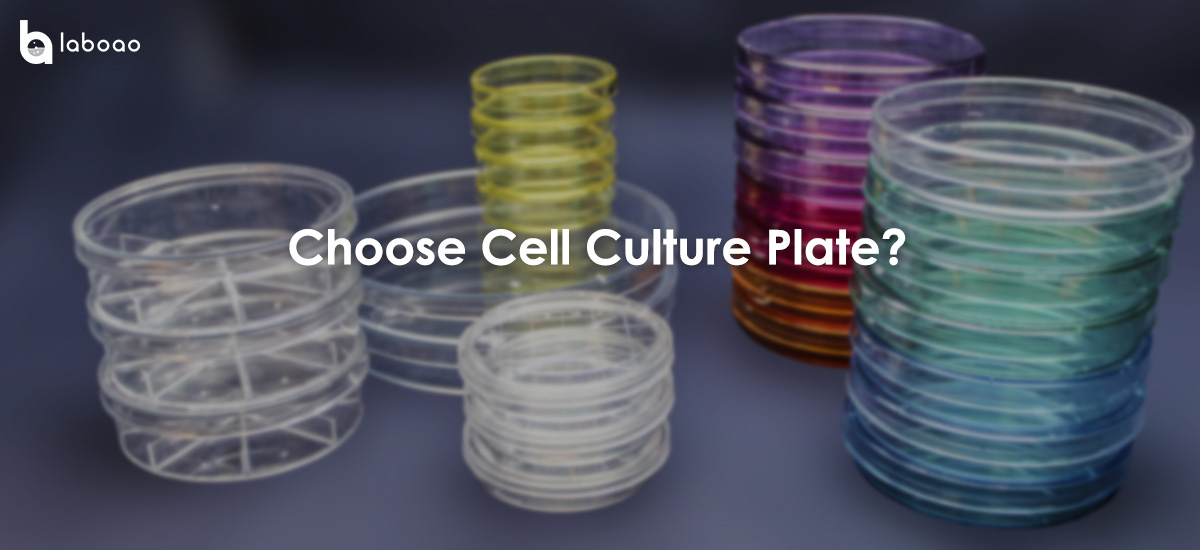
1. Number of holes
Most users start tissue culture on tissue culture flasks. However, many applications also require multiwell plates. The ideal number depends on the level of flux you need, and whether you have robotic assistance. It is not impossible to add reagents to a 96-well plate completely manually, but it is certainly better to have the help of an electric pipette or a robot. Expanding to 384-well plates requires more robotics, and 1536-well plates are absolutely necessary. Of course, the challenge with high-density multiwell plates is the miniaturization of the assay.
2. The shape of the hole
The bottoms of the wells can be chosen to be flat, round, or tapered, depending on the cell type and downstream application. For traditional 2D cell cultures (such as HeLa or MDCK cells), especially where imaging or spectrophotometry of the culture is required, the flat bottom (F-bottom) is usually preferred. A curved bottom (C-bottom) is also good for cells that do not have contact inhibition. Round bottom (U-bottom) is suitable for suspension culture (such as spheroid cell culture) because the round surface makes it difficult for cells to attach and grow. Conical bottoms are rarely used in cell culture experiments, but may be useful for cell pelleting.
3. Color of the microplate
The color of the perforated plate is also closely related to the application. If the cells are observed with a phase contrast microscope or with the naked eye, a transparent multi-well plate can be selected. However, for applications outside the visible light spectrum (such as luminescence or fluorescence), colored multiwell plates (such as white or black) are required. When using an instrument that reads from the top, the bottom should be opaque, and when using a microscope or an instrument that reads from the bottom, choose a multiwell plate with a transparent bottom. A white surface is usually chosen for luminescent samples to maximize signal reflectivity, while fluorescence applications greater than 300 nm typically use a black surface to absorb the excitation signal. The colored surface also prevents signal crosstalk between adjacent holes.
4. Surface treatment
Which cell surface treatment to choose depends on whether you are culturing suspension or adherent cells. For suspension or spheroid cell culture, LABOAO microplates are recommended, which are treated with a patented hydrophobic gel that inhibits cell or protein attachment. For easily attached adherent cells such as HeLa, standard tissue culture surfaces are sufficient. For those cells that have difficulty adhering (eg primary cells), or applications involving stringent washing, LABOAO microplates are recommended. This unique surface is similar to the polylysine-treated surface, but instead of a coating, it is a physical change in the properties of the plastic, so refrigeration is not required.
Finally, of course, the quality of the culture vessel cannot be ignored. This doesn't just refer to microplates, but everything that comes in contact with cells, such as tips, to avoid cell contamination or death.